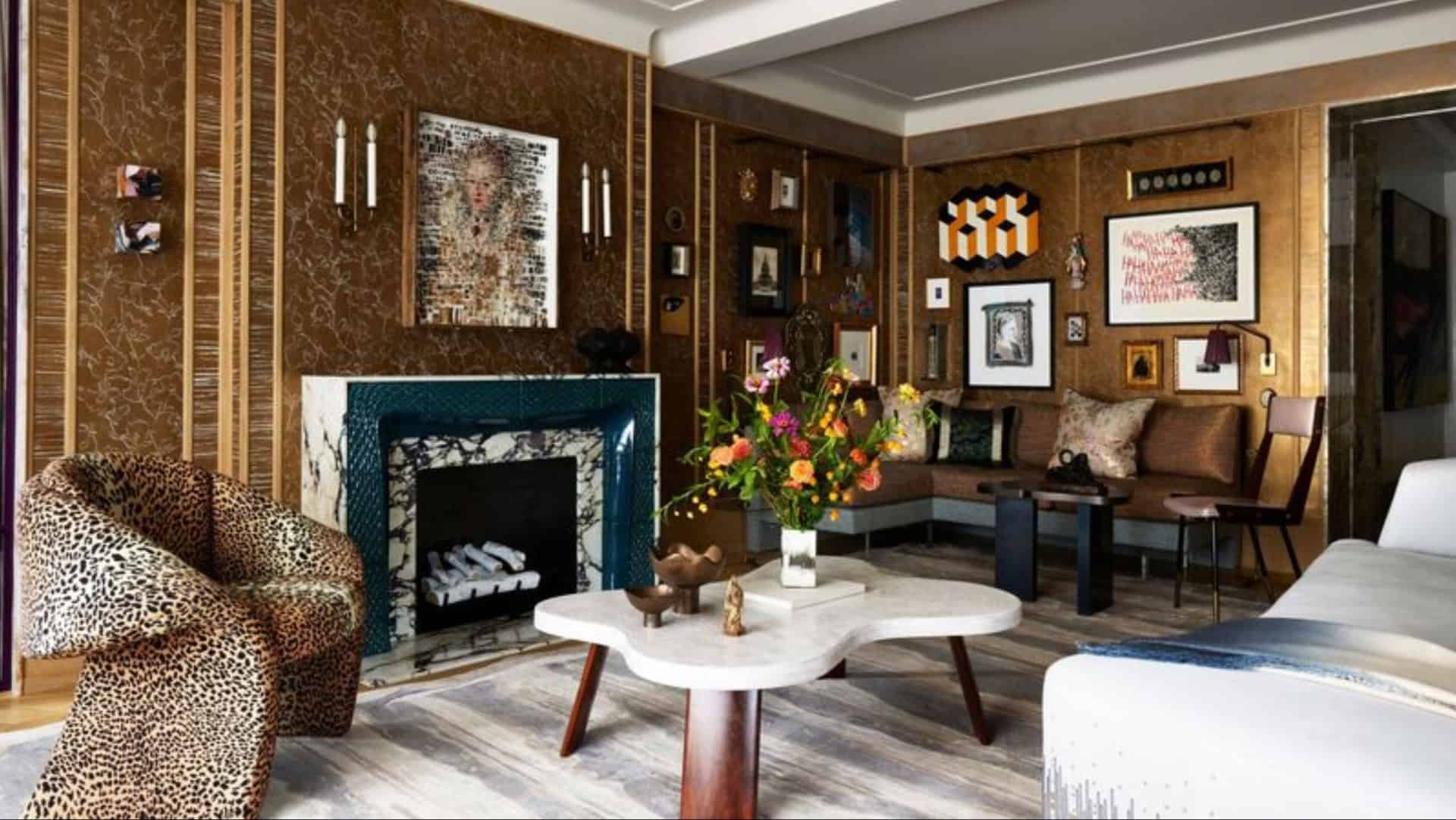Streamline Moderne, a captivating design style, emerged in the late 1920s, flourishing throughout the 1930s and 1940s.
As a sleek evolution of Art Deco, it emphasized aerodynamic silhouettes, elegant lines, and an aura of speed and modernity.
Delve into this intriguing style’s essence, exploring its historical roots, aesthetic principles, and lasting impact on design and culture.
1. Cultural Reflections of Optimism
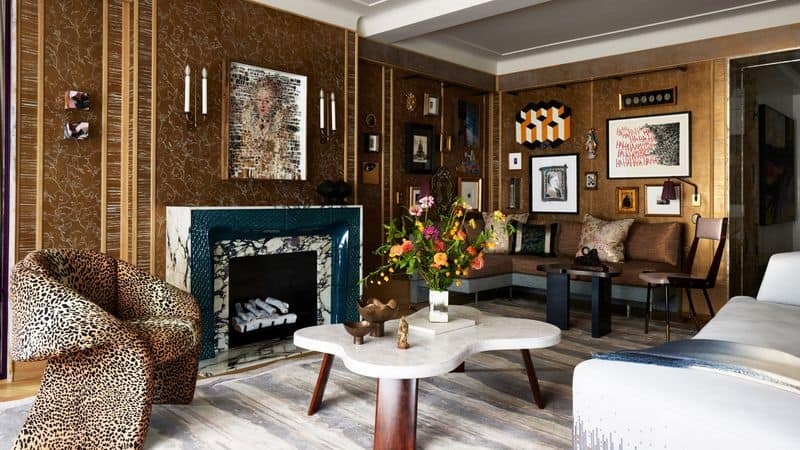
Amidst the Great Depression, Streamline Moderne embodied hope and modernity. Its sleek designs reflected an era yearning for progress and innovation.
By emphasizing functionality blended with elegance, this style symbolized resilience and a forward-looking spirit, offering a glimpse of a brighter future to come.
2. Aesthetic Principles: Beauty in Motion
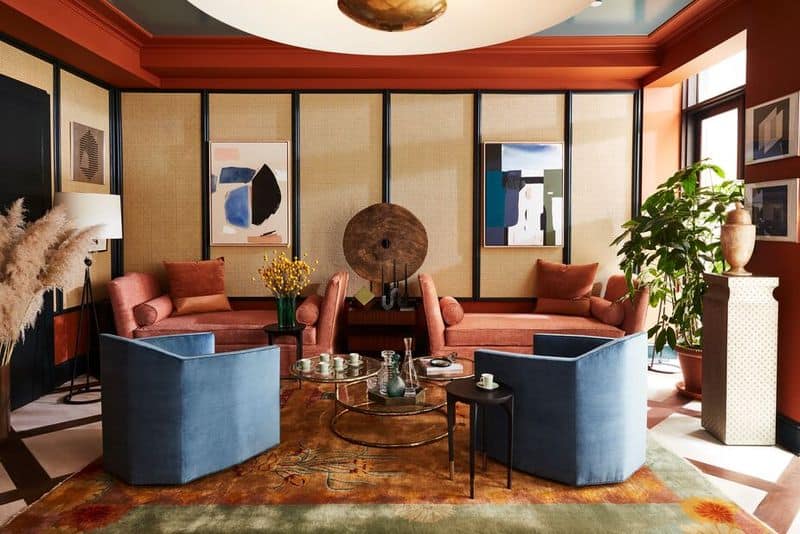
Streamline Moderne aimed to create a sense of movement and speed. With smooth, flowing lines and aerodynamic curves, it suggested motion even when stationary.
This design ethos combined modernity with visual appeal, transforming everyday objects and spaces into expressions of elegance and dynamism.
3. Streamlined Furniture: Form and Function

Furniture in this style embraced smooth, curved shapes and minimal ornamentation.
Built-in cabinetry and seating often featured chrome accents, blending aesthetics with practicality.
Pieces like barstools and desks echoed aerodynamic shapes, transforming functional items into artful expressions of modern design.
4. Origins: Where It All Began
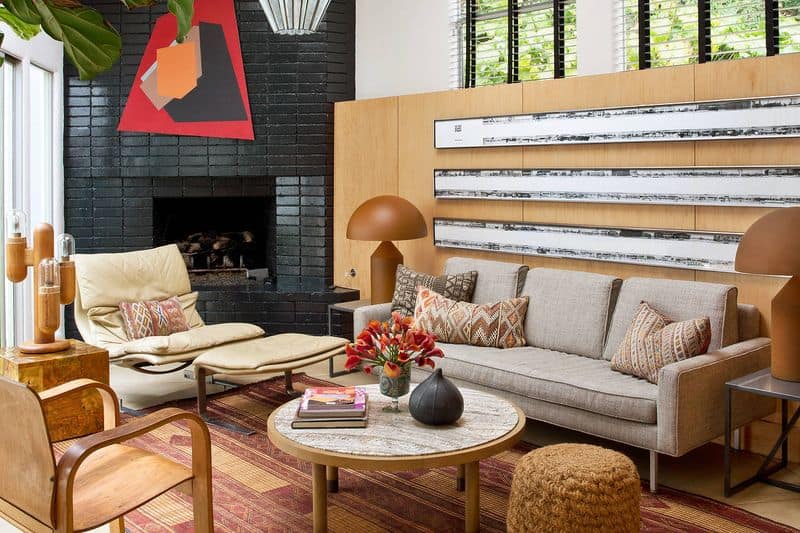
Born in the United States during the late 1920s, Streamline Moderne thrived in the 1930s and early 1940s.
Fueled by rapid technological advances, it celebrated the rise of automobiles, airplanes, and ocean liners.
This era marked a shift towards designs that conveyed speed, efficiency, and a new way of life.
5. Curvilinear Forms and Stability
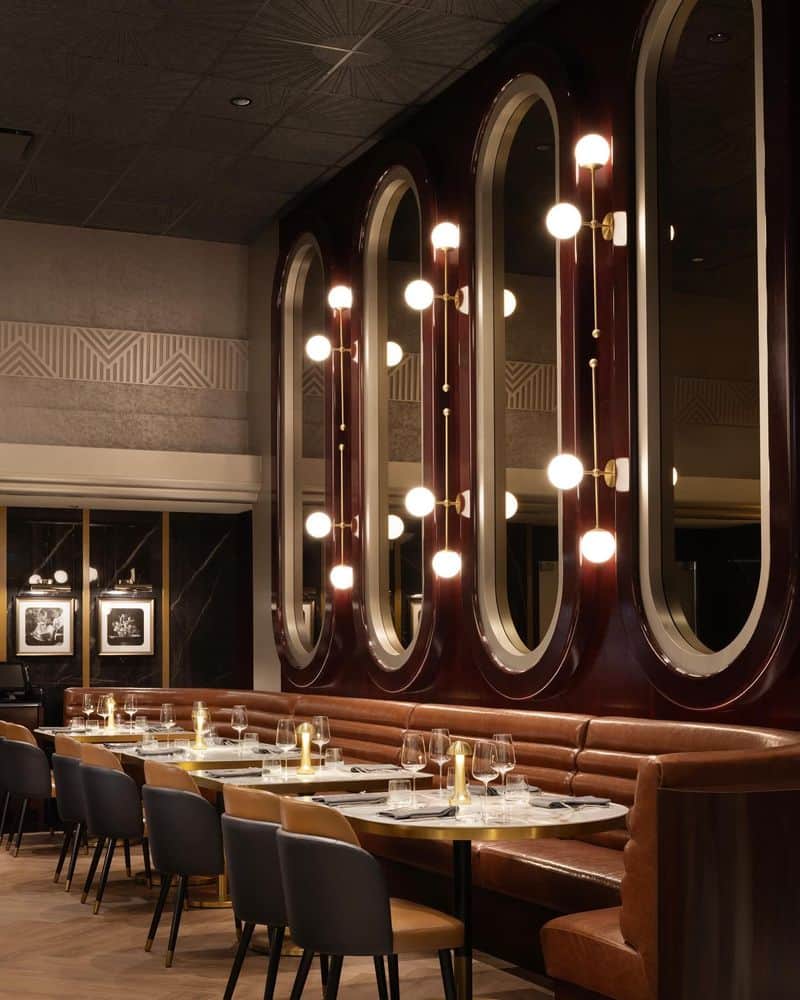
Curved forms and rounded edges are hallmarks of Streamline Moderne.
Combined with horizontal and vertical lines, these elements created both stability and a sense of motion.
This unique blend of shapes translated into a visual narrative of balance, maintaining poise while suggesting continuous movement.
6. Atmospheric Elegance: A Futuristic Feel
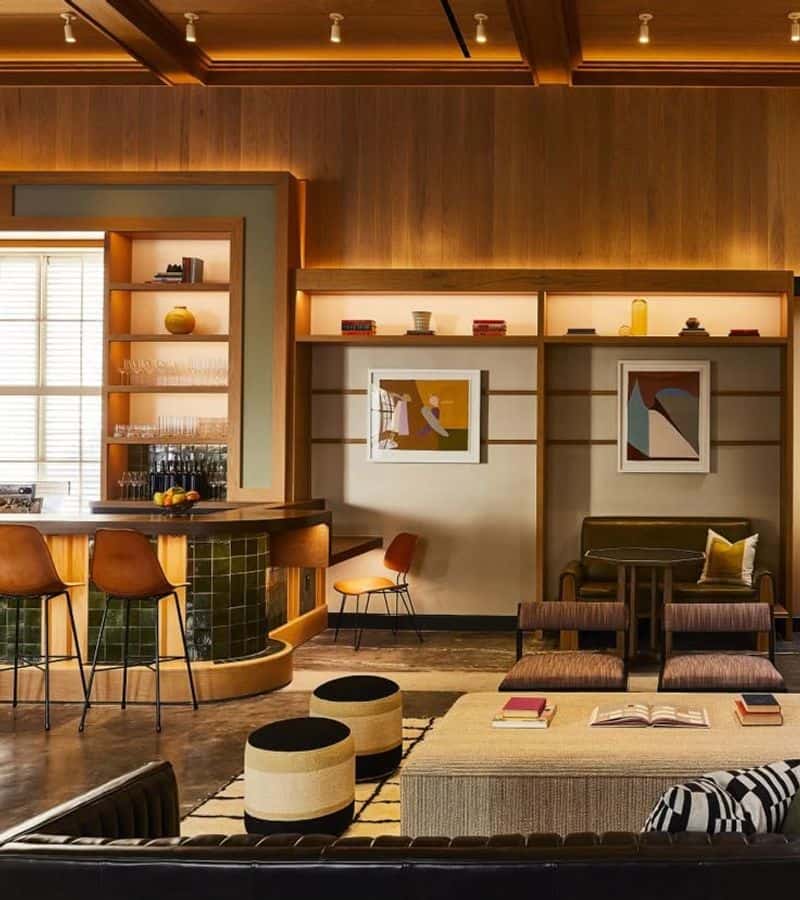
Streamline Moderne interiors exuded a futuristic feel, marked by sleek lines and uncluttered spaces.
Emphasizing technology and progress, these environments felt dynamic and optimistic.
With a nod to luxury and sophistication, the style crafted an atmosphere where the future was embraced with open arms.
7. Color Palette: Muted Elegance
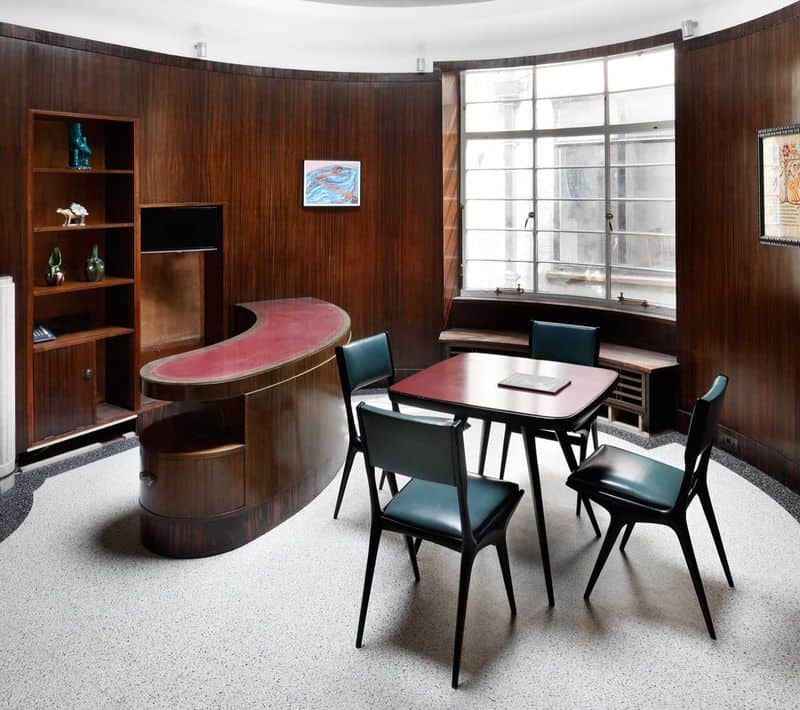
Muted, monochromatic hues defined Streamline Moderne’s color palette. Shades of gray, black, and white dominated, often accented by pastel tones.
Occasional bright pops of color like turquoise or orange brought vibrancy, creating a harmonious blend that mirrored the style’s sleek, understated elegance.
8. Materials: Shiny and Sleek
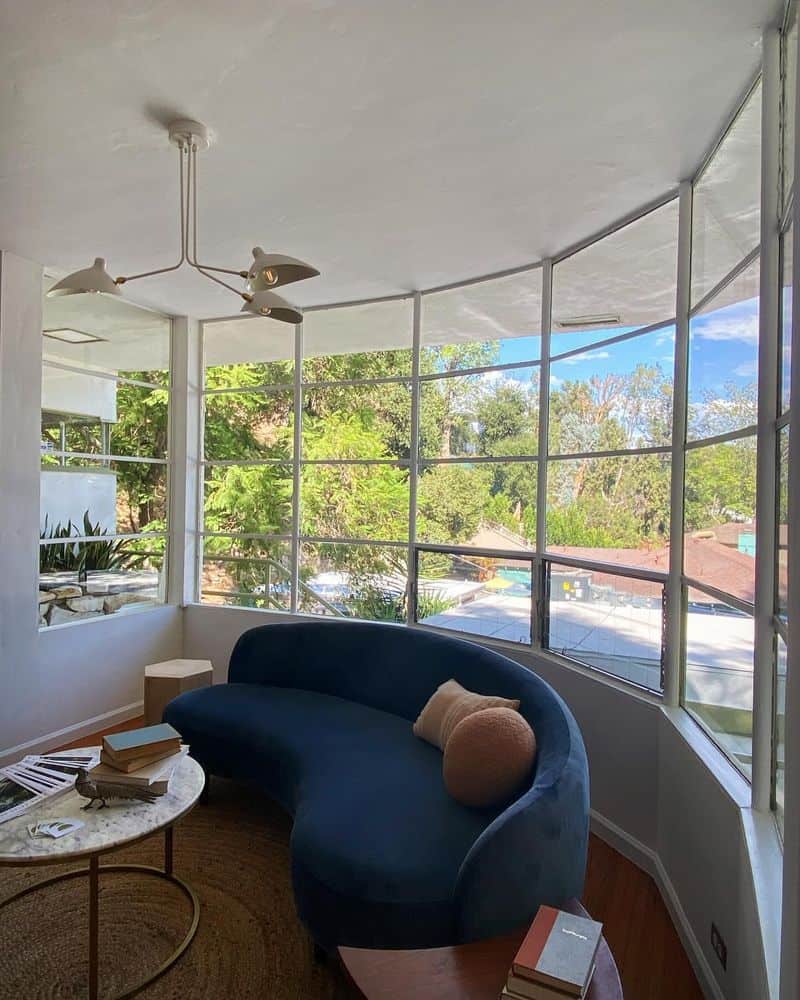
Streamline Moderne favored materials like chrome, stainless steel, and glass. These shiny, sleek surfaces evoked a high-tech feel, embodying the era’s spirit of innovation.
Early plastics like Bakelite added to the modern aesthetic, crafting an environment where form met functionality with effortless grace.
9. Lighting: Illuminating Innovation
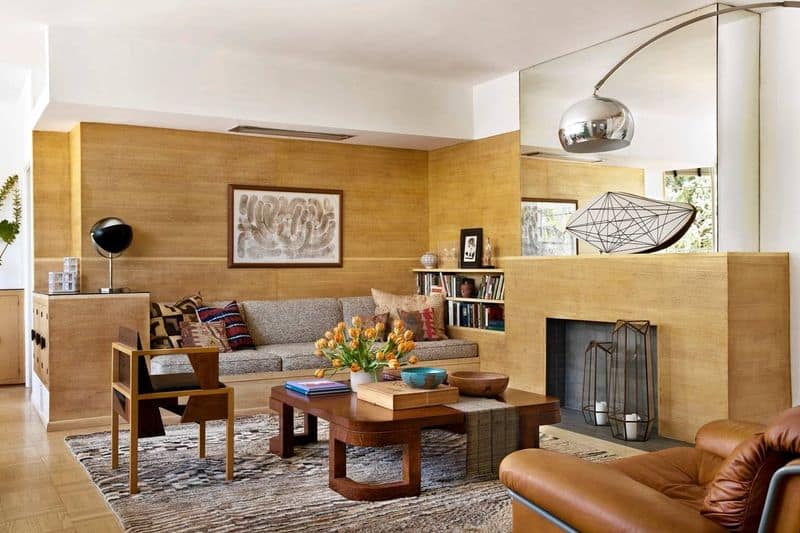
Lighting in Streamline Moderne played a pivotal role. Fluorescent fixtures and sleek lamps with chrome detailing illuminated spaces with a touch of futuristic flair.
These elements not only brightened interiors but also reinforced the style’s commitment to modernity and cutting-edge design.
10. Enduring Influence: Streamlining Time
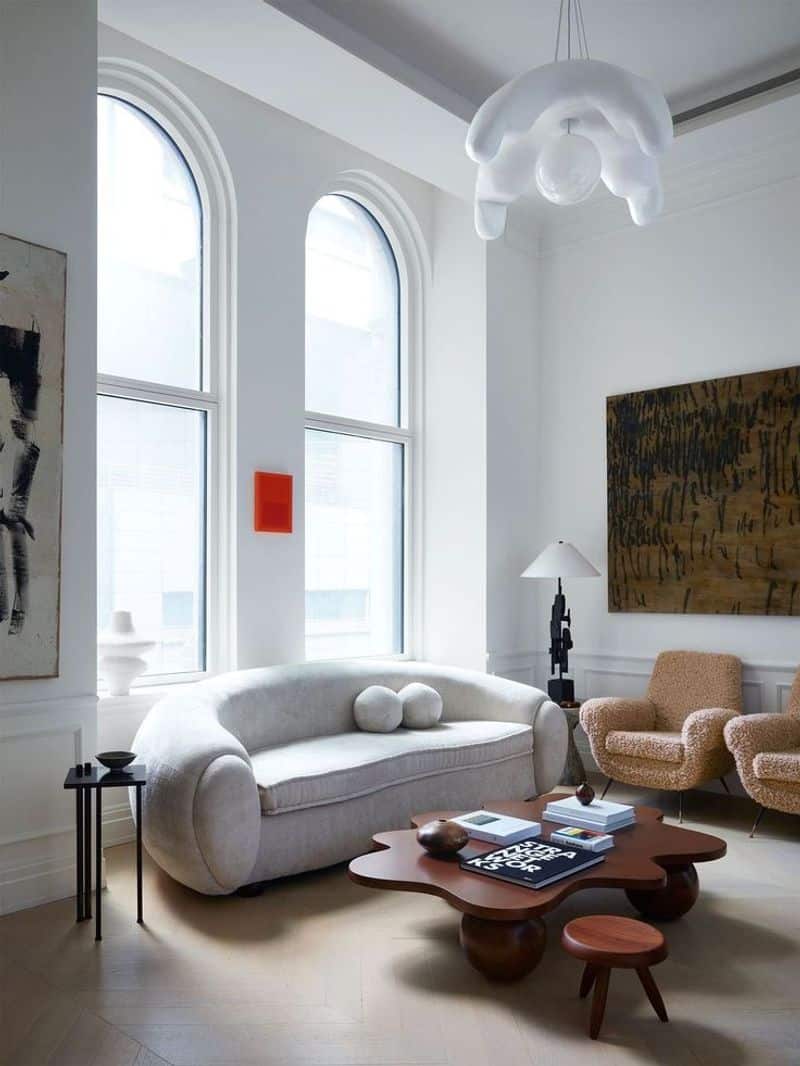
Streamline Moderne’s influence endures, seen in contemporary architecture and design.
Its principles of sleekness and efficiency continue to inspire, shaping modern aesthetics.
This timeless style remains a testament to an era of optimism and technological enthusiasm, blending form and function in a lasting legacy.

